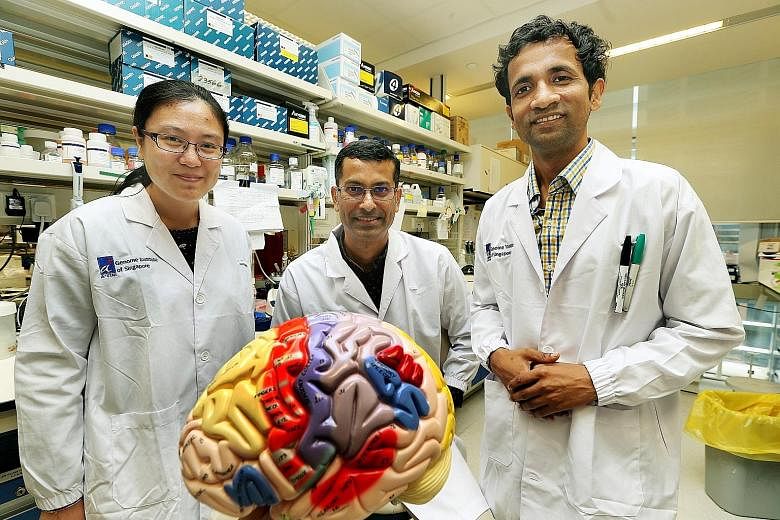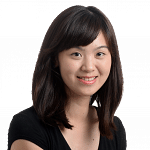Almost everyone in Dr Shyam Prabhakar's research team knows someone with autism. That was what made their study especially meaningful when they uncovered a breakthrough finding that could pave the way to developing a drug for the poorly understood brain developmental disorder.
Dr Prabhakar, associate director of integrative genomics at the Agency for Science, Technology and Research's Genome Institute of Singapore (GIS), was part of an international research team that uncovered chemical changes in the brains of individuals with autism.
The study was led by GIS and involved researchers from the United States and Britain.
Many scientists have sequenced the DNA of individuals with autism, and so far about 100 different DNA mutations have been found.
But what exactly goes wrong in the brains of those with the condition remains unclear.
"It's a common condition that manifests very early. Even when a child is one year old, you can see he has trouble making eye contact, and the age at which he speaks his first word is later than others," said Dr Prabhakar.
"But if autism has so many different causes, how can you find one drug that can treat everyone? There is no drug specifically for the autism market, so the only thing you can do now is behavioural therapy."
To change that, Dr Prabhakar and his team decided that instead of looking at genetic mutations, they would look at epigenetic mutations.
The epigenome is a layer of molecules that tells all the body's genes what to do.
Unlike the body's genetic instructions, however, the epigenome reacts to environmental factors such as diet, for instance, that can then cause genes for obesity to express themselves too strongly.
And trawling the epigenome is where the team struck gold. They uncovered 5,000 mutations not seen in healthy people.
To their surprise, these mutations were mostly the same in brain cells of individuals with autism who they had sampled.
By putting these mutations under the microscope, the researchers hope to find some way to reverse them.
Dr Prabhakar, who has two friends who have children with autism, said it is not easy for either parent or child.
Speaking about autism in general, he said the condition is hard on the child because certain stimuli, such as noises, set them off and they react by screaming or acting out violently because they do not know what to do.
Individuals with autism also have difficulty communicating and this in turn makes their suffering greater. "For the parents, it is hard to see your child going through this," he added. He hopes his findings will make a difference.
While it may not lead to a "magic bullet" that can cure autism totally, his team's findings could pave the way for developing a drug that might help to make it more bearable, Dr Prabhakar hoped.
"I think it'll be a combination of behavioural therapy and, ultimately, drug treatments that reduce the symptoms of autism and make it less and less of a burden," he said.


